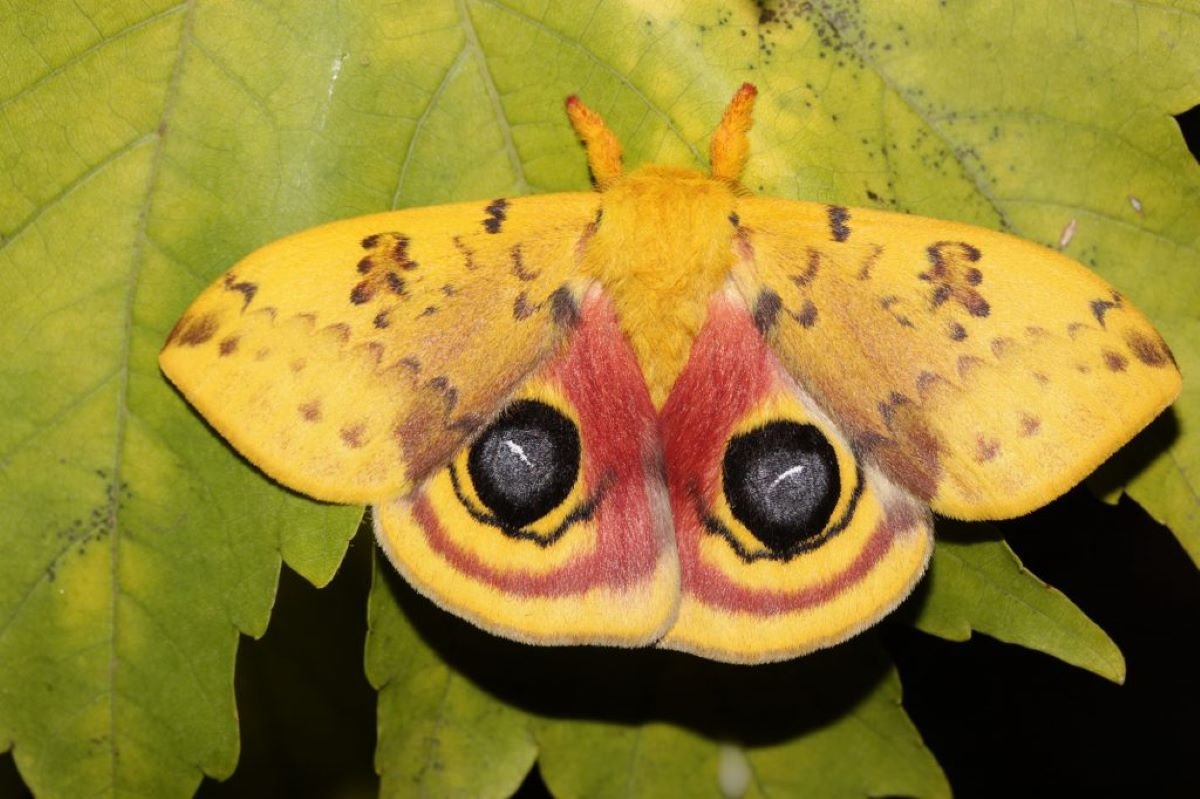Moths are vanishing from the southern U.S. due to urbanization, a new study has found.
Scientists have long been concerned at the rate that certain insects seem to be disappearing. There is still a lot to learn about the phenomenon, particularly as to whether they are all disappearing at the same time, or if some are disappearing faster than others.
A recent study published by the Florida Museum of Natural History, found a "strong pattern" of decline among moths across all life stages in rural and urban areas.
The findings are a result of a year-long survey in which adult and larval moths were assessed and monitored across lower latitudes.

In lower latitudes, extreme temperatures are taking a toll on insects, which are crucial to the surrounding ecosystem.
"Subtropical and tropical environments have the greatest insect abundance and diversity and are areas seeing the greatest expansion of cities worldwide," lead author Michael Belitz, who conducted the research while working at the Florida Museum of Natural History said in a statement. "The urban heat island effect in these areas may be especially detrimental to insects."
As part of the study, the researchers also collected moths from several sites at different life stages across Alachua County in Florida.
Areas like this have a heat problem. In rural environments where there are fewer human-made constructions, the light from the sun is reflected back into space. However where there is more asphalt and concrete, the light stays in the atmosphere and turns into heat. This can make cities about 7 degrees Fahrenheit warmer than rural areas.
Lower latitude environments already have high temperatures, meaning this can form a dome of inescapable heat.
After the survey, researchers collected 35,000 moths which were either classified as "macro" or "micro" moths. The former involved well-known species with a large wing span, meaning they are capable of traveling large distances. The latter, however, are much smaller and are not able to travel as far.
Knowing how many macro and micro moths there were in the sample was important, as large moths are much more capable of escaping the so-called heat dome in the lower latitudes. Micro moths face more trouble in this regard, as they are unable to escape their surrounding environment and extreme temperatures.
"There's no doubt that insect declines are a real phenomenon. The harder question to answer is where these declines are happening fastest. Is it different in tropical compared to temperate regions?" co-author Robert Guralnick, curator of biodiversity informatics at the Florida museum, said in a statement.
"Caterpillars are an important food source for breeding birds. Even if birds are seed eaters as adults, they feed their young caterpillars."
Scientists were surprised that there was such a decline in moths, even though they only collected samples from protected areas.
Alachua County in particular, is also not particularly developed, meaning urban environments could be seeing a greater decline.
"It's shocking to see how strong these declines are in a city that's not deeply urbanized," Guralnick said. "We're talking town-sized, as opposed to something like New York City."
Although it sounds bleak, the researchers also note that "all is not lost." Creating more environments where moths can thrive is simple yet effective.
"Native plants are a really important way to increase biodiversity. You can increase the number of pollinators in your yard by growing host plants," Belitz said.
"Light pollution in urban environments also disrupts the internal navigation system of many insects. It creates ecological traps, where moths are drawn to light and then get picked off by bats. Turning out lights at night is a truly actionable thing people can do that has a large, positive effect for insects and other animals."
Do you have a tip on a science story that Newsweek should be covering? Do you have a question about crops? Let us know via science@newsweek.com.
Uncommon Knowledge
Newsweek is committed to challenging conventional wisdom and finding connections in the search for common ground.
Newsweek is committed to challenging conventional wisdom and finding connections in the search for common ground.
About the writer
Robyn White is a Newsweek Nature Reporter based in London, UK. Her focus is reporting on wildlife, science and the ... Read more
To read how Newsweek uses AI as a newsroom tool, Click here.








